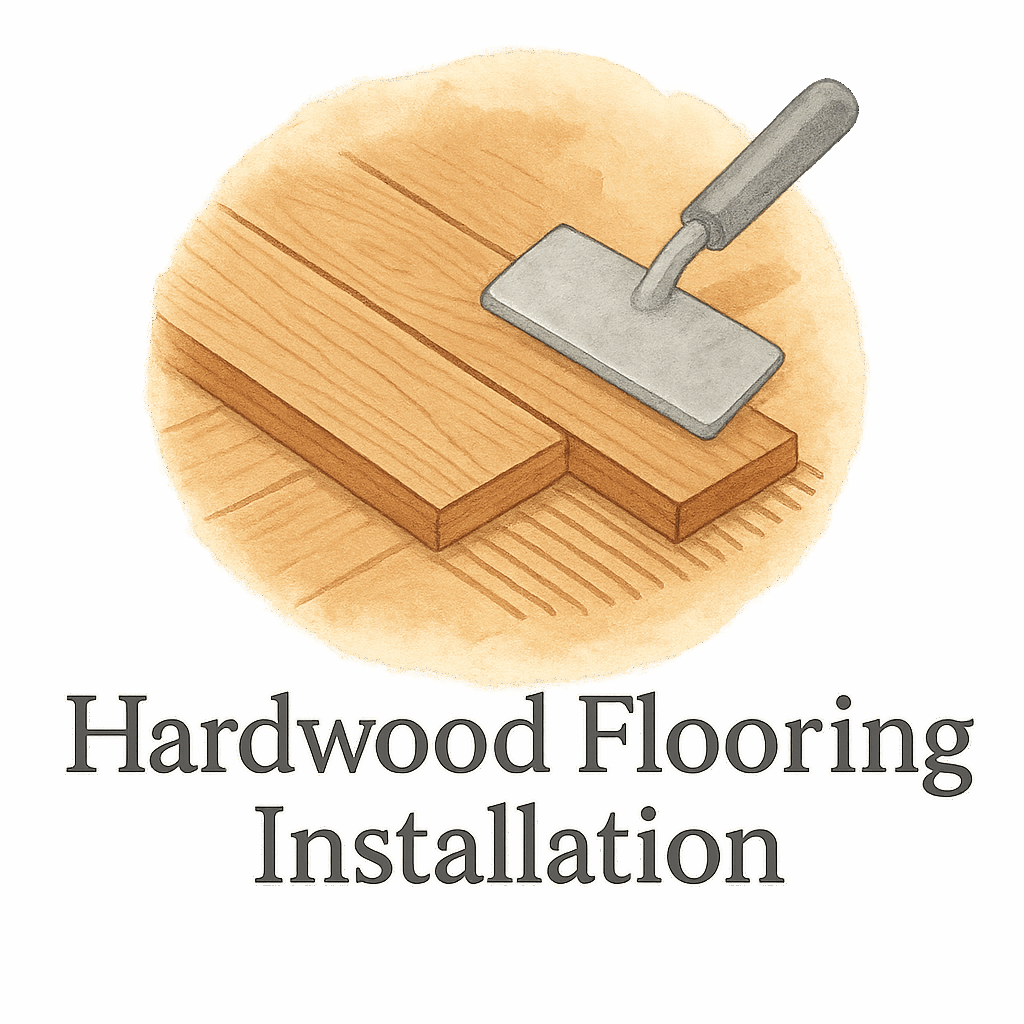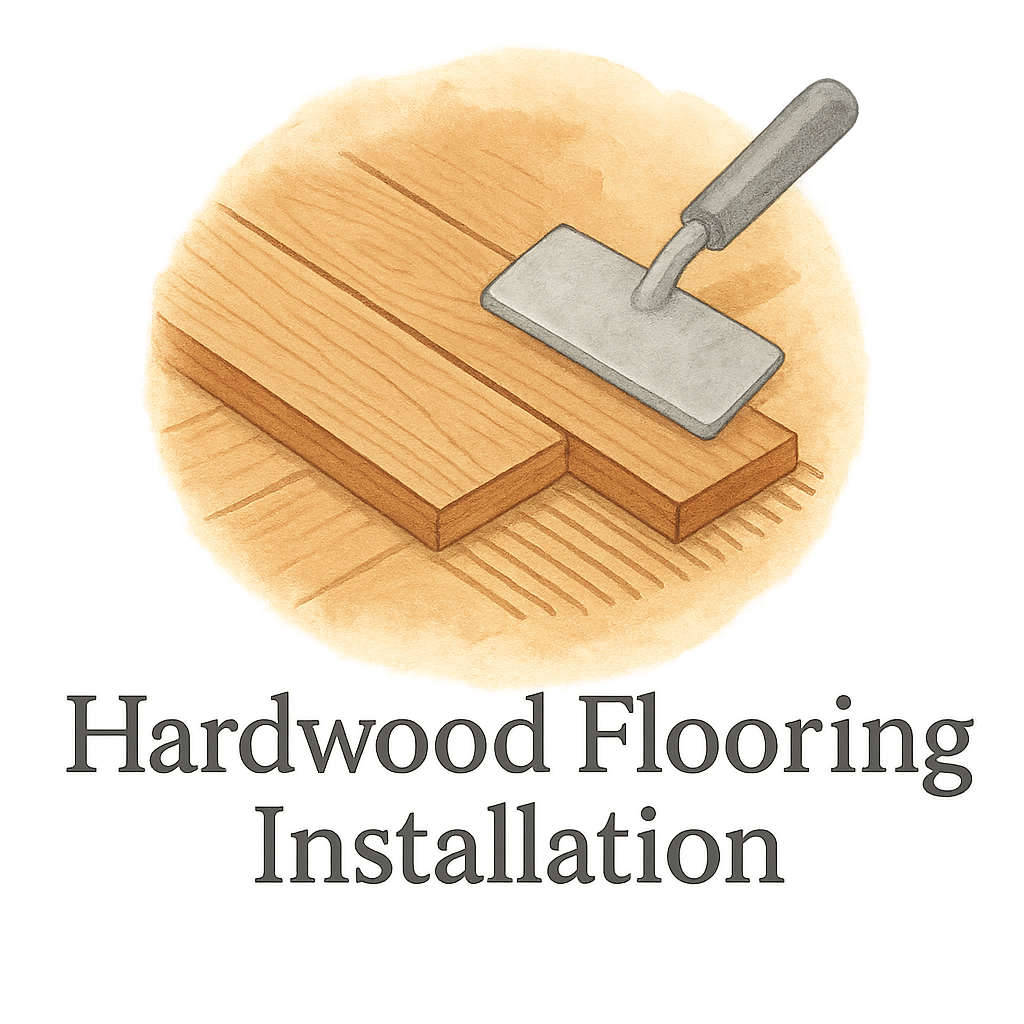Introduction
So, you’ve decided to install hardwood floors. That’s awesome! Hardwood not only boosts your home’s aesthetic but also its value. But here’s the deal—without the right tools, your beautiful new floors could turn into a DIY disaster. Whether you’re a weekend warrior or a full-blown flooring fanatic, this guide will walk you through the 12 must-have flooring tools for hardwood installation.
And trust me—you don’t want to skimp on tools. Your knees, your sanity, and your future self will thank you.
Why the Right Flooring Tools Matter
Installing hardwood flooring isn’t just about slapping boards down and hoping for the best. It’s about precision, preparation, and the right equipment. Great tools don’t just make the job easier—they help you avoid costly mistakes.
Looking for detailed project planning tips? Head over to our Flooring Preparation guide to start on solid ground.
1. Tape Measure – Your First Line of Accuracy
Why Precision Starts with Measuring
Let’s be honest, if you’re not measuring correctly, you’re just guessing. A reliable tape measure is crucial for determining room dimensions, plank cuts, and spacing. Always measure twice and cut once. Don’t just trust your eyes—trust your tape.
Pro tip: Start from the center of the room and measure out for balanced flooring layouts. Learn more tips in our DIY Flooring Installation guide.
2. Chalk Line – Keep it Straight
Marking Guidelines Like a Pro
A chalk line is your secret weapon for laying straight rows. Snap a line after measuring and you’ve got a roadmap for flawless plank placement. Without it, your floor could slowly drift off course. Trust me, that’ll drive you nuts later.
Want pattern ideas? Check out our Flooring Layout section for creative inspiration.
3. Pry Bar – For the Tear-Out Stage
How a Good Pry Bar Saves You Time
Before you install, you’ve got to remove the old stuff. Whether it’s carpet or outdated tiles, a sturdy pry bar helps lift and scrape without damaging the subfloor. The right tool can make demo surprisingly satisfying.
Looking to avoid common removal mistakes? Visit our Flooring Prep Tips.

4. Flooring Nailer – Speed and Security
Manual vs Pneumatic Nailers
A flooring nailer makes quick work of fastening planks securely. Pneumatic nailers are faster and easier on your arms, while manual ones give you more control if you’re a hands-on type.
Nailing down your hardwood? Read our Flooring Install articles for expert tips.
5. Rubber Mallet – Gentle Force, Big Impact
Avoiding Damage to Hardwood Planks
Hardwood is tough, but it’s not invincible. A rubber mallet allows you to tap planks into place without damaging edges or surfaces. It’s your go-to for snug fitting, especially when paired with a tapping block.
Need more product ideas? Explore our Best Flooring Tools.
6. Flooring Cutter – Clean Cuts Every Time
Say Goodbye to Splinters
Forget noisy saws—get a manual flooring cutter. These tools slice through hardwood planks cleanly and quietly. No dust. No splinters. No problem.
Choosing between cutters and saws? Check out our Materials and Tools guide.
7. Tapping Block – For Tight, Seamless Joints
Essential for Tongue-and-Groove Flooring
Tapping blocks help you lock planks together without damaging the tongue or groove. If your joints aren’t tight, gaps will show—and that’s no good. Use one consistently for best results.
You’ll find more installation musts in our DIY Guide.
8. Pull Bar – Perfect for the Final Rows
Where the Pull Bar Really Shines
When you’re working along the wall, a pull bar helps you snug the last row of planks into place where a mallet won’t fit. It’s like a reverse tapping block—and it’s essential.
Avoid frustrating gaps by reviewing our Installation Mistakes checklist.
9. Moisture Meter – Check Before You Lay
Preventing Expansion Nightmares
Hardwood expands and contracts based on moisture. A moisture meter helps you test subfloor and wood moisture levels so you can avoid warping, cupping, or separating later.
We cover this in-depth in our Flooring Damage prevention guides.
10. Level – The Secret to Longevity
Why a Flat Subfloor is Everything
Even slight unevenness in your subfloor can cause major problems later. A bubble level or laser level ensures your base is ready before a single plank is laid.
For more on prep tools, visit Subfloor Prep Tools.
11. Shop Vacuum – A Clean Workspace Is a Happy Workspace
Dust-Free Equals Error-Free
A shop vacuum keeps your workspace clean and helps adhesive stick better. Less dust = more accuracy. Plus, who doesn’t love a tidy work area?
See our Cleaning Tips for more ongoing care advice.
12. Knee Pads – Comfort Counts in DIY
Take Care of Your Knees and Your Job
Trust me, hardwood installation can be brutal on your knees. Don’t tough it out—wear quality knee pads and thank yourself later.
We cover these simple essentials in our Home Improvement series.
Bonus: Must-Use Flooring Accessories
Underlayment, Spacers, and Layout Tools
Accessories like underlayment not only reduce noise but also protect against moisture. Spacers help keep a consistent expansion gap, and layout tools make sure everything looks balanced.
More about underlay options? Head to our Underlayment Tips.
How to Prep for Installation
Proper Subfloor Preparation Steps
- Remove old flooring
- Clean and level the subfloor
- Test for moisture
- Lay underlayment
More detailed steps in our Prep Guide.
Maintaining Your Hardwood Floors Post-Install
Tools That Help with Flooring Maintenance
Don’t stop at installation. Use microfiber mops, pH-neutral cleaners, and felt pads to protect your flooring investment.
For complete care plans, see our Flooring Maintenance & Repair guide.
Final Thoughts
There you have it—your ultimate toolkit for a successful hardwood installation. Each tool on this list serves a clear purpose and helps you avoid common pitfalls. So whether you’re a seasoned DIYer or a beginner ready to dive in, start by getting the right tools and working smarter, not harder.
Still unsure where to begin? We break down project timelines at Flooring Cost & Time Estimation to help you stay on track.
FAQs
1. Can I install hardwood flooring without a nailer?
Yes, you can use glue or floating installation methods, but a nailer offers durability and speed for traditional installs.
2. Is a rubber mallet really necessary?
Absolutely. It prevents damage to wood while ensuring tight joints.
3. What happens if I skip the moisture test?
You risk warped or cupped boards due to moisture imbalance.
4. Are there affordable options for these tools?
Yes! Many home improvement stores offer tool rentals, or you can browse our Quotes & Budget Tools.
5. What’s the best underlayment for hardwood?
It depends on your subfloor and whether you need moisture or sound protection. Check our Underlayment Guide for help.
6. How do I keep my tools in good shape?
Clean them after use, store them dry, and regularly inspect for wear.
7. Can these tools be used for other types of flooring?
Most of them—like tape measures, vacuums, and levels—are multi-purpose. For details, see our broader Flooring Guides.


